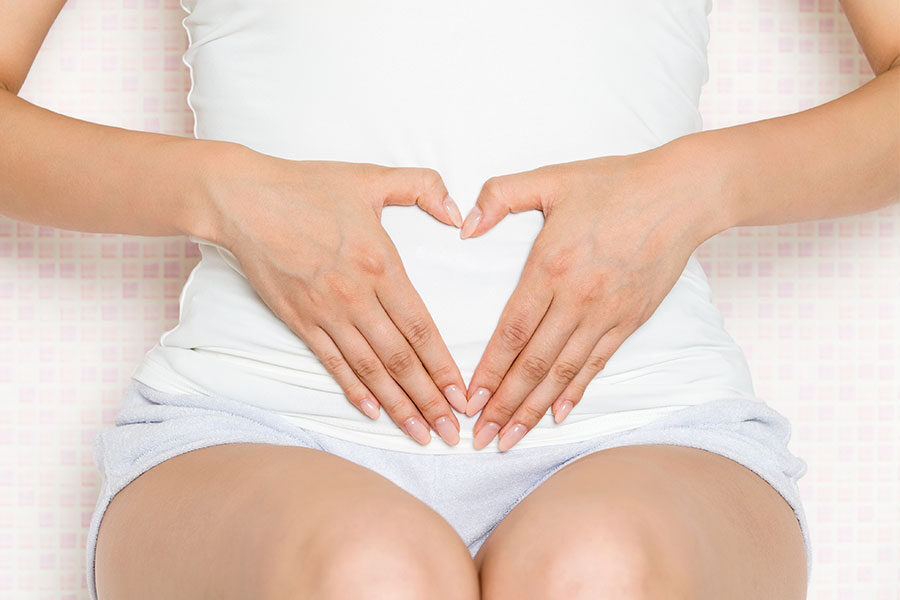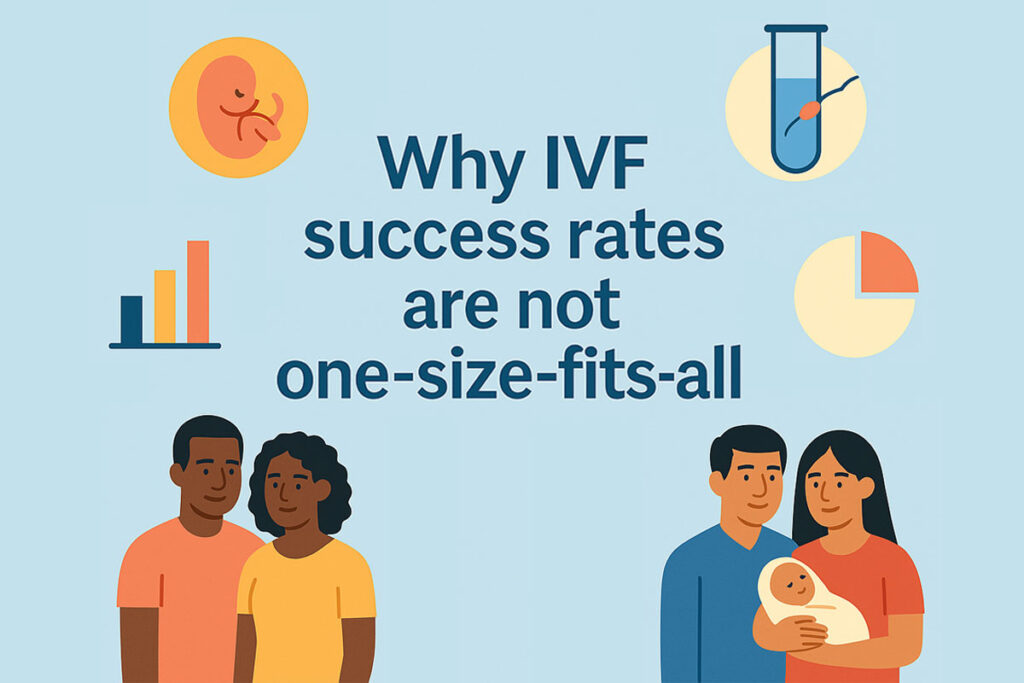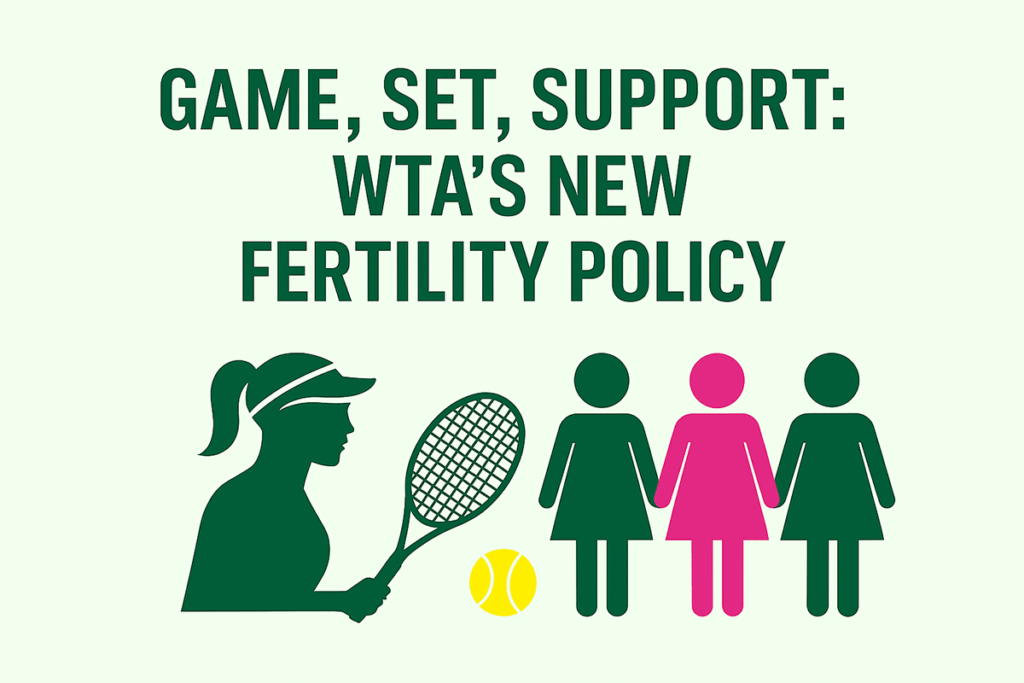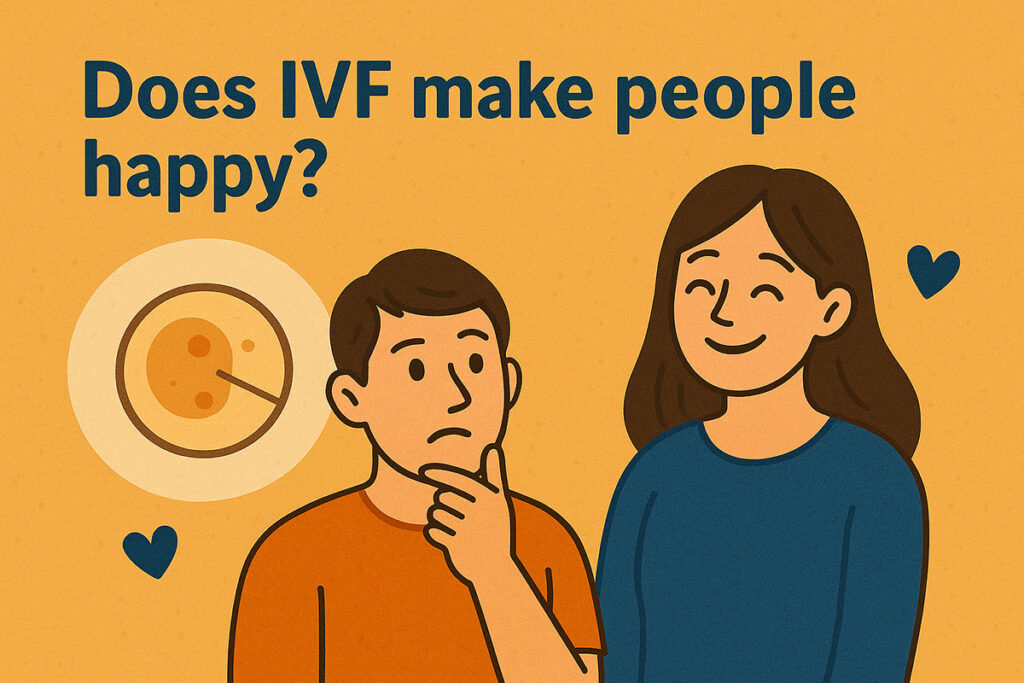Follicle stimulating hormone (FSH) and luteinizing hormone (LH) are two hormones secreted by the ante hypophysis. They work in synergy in order to stimulate follicular growth, oocyte maturation and oestradiol secretion. To exert its biological activity, LH is fixed on LH/HCG receptor which is mainly located on the theca cells of the ovary.
Treatment with gonadotropins during IVF cycles is associated with the administration of GnRH analogues to prevent the appearance of a premature LH surge and to reduce the endogenous secretion of LH. But is there a minimal need for LH activity in order to sustain steroidogenesis?
A Cochrane review (Mochtar et al, 2017) showed no clear evidence for the benefit of LH combined with FSH versus recombinant FSH alone in IVF or ICSI treatment cycles. However, in many of the included studies, patients were young and had a mean age of 32 years.
A systematic review (Alviggi et al, 2018) on recombinant LH supplementation in assisted reproductive technology showed that there is a population of patients that needs LH supplementation. The follicle has a determined necessary level of LH. This LH activity sustains the development and the maturation of the dominant follicle. GnRH analogues create a relative hypogonadotropic state and a depletion in LH levels. Despite the down regulation, the remaining LH level is sufficient: less than 1% of LH receptors must be stimulated for a normal steroidogenesis.
The evidence of the necessity of LH supplementation exists in the following subgroups of patients:
- All patients with a hypogonadotropic hypogonadism (WHO I anovulation): in these patients, the addition of LH to FSH during stimulation leads to a higher number of follicles obtained and sufficient levels of estradiol for optimal endometrial proliferation.
- Patients aged between 35 and 39 years: Patients with advanced reproductive age have fewer functional LH receptors, less potent and biologically active endogenous FSH and LH levels and low levels of circulating androgens.
- Hyporesonders to FSH stimulation only: The prediction of a poor response to ovarian stimulation has been based on ESHRE Bologna criteria including age, ovarian reserve tests (Antimüllerian hormone (AMH), Antral follicle count (AFC)) and the number of oocytes retrieved in a previous stimulation. However, during the last years, a subgroup of patients was distinguished, having a suboptimal response to stimulation with correct ovarian reserve tests. This lead to a new classification of hyporesonders called POSEIDON (Patient-Oriented Strategy Encompassing IndividualizeD Oocyte Number). Hyporesonders may need higher doses of FSH, longer stimulation duration and LH supplementation. This may be explained by a polymorphism of FSH or LH receptors. LH supplementation in these patients leads to a higher number of oocytes retrieved, more metaphase II oocytes, higher implantation and clinical pregnancy rates (Conforti et al, 2019).
What dose of LH and when to start?
This is still a question of debate. LH can be started either in the mid-follicular phase to rescue the current cycle or at day 1 of stimulation. 150 U per day seem to give a higher of metaphase II oocytes.




